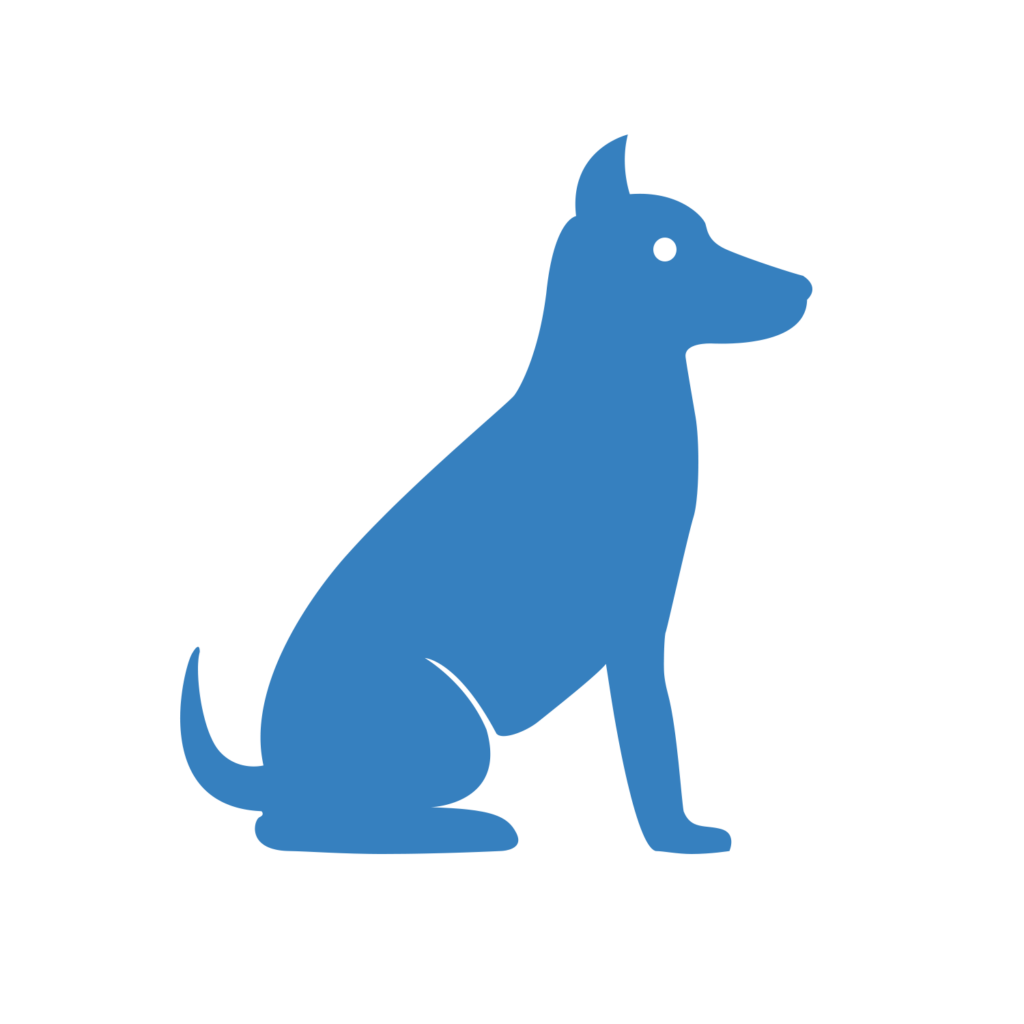

Centronuclear Myopathy, Hereditary Myopathy
Turnaround: 3-5 business daysTurnaround: 7-10 business days
Price: $45.00Price: £40.00
Breeds: Australian Golden Doodle, Australian Labradoodle, British Labrador Retriever, Chesapeake Bay Retriever, Double Doodle, Goldador, Goldador Doodle, Labradoodle, Labrador Retriever, Mixed Breed, Mixed Breed (Dog), Unspecified
Description
Centronuclear Myopathy (CNM), previously known as HMLR, or Hereditary Myopathy, is an autosomal recessive mutation that causes insufficient muscle function in Labrador Retrievers. Autosomal recessive mutations are mutations that can be passed from either parent and require two copies of the gene to show symptoms. The lack of muscle function is due to the centralization of the nuclei in muscle fibers. Normally, the nuclei are located along the side of the cell and not in the center. This centralization is caused by a missense insertion in the PTPLA gene.
A missense insertion is when there is a mistake in the DNA code and a nucleic acid replaces the correct nucleic acid in a particular sequence. For example, say the correct code is “A, T, A, C, G.” A missense insertion would look something like “A, A, A, C, G.” This small change can be enough to interrupt the instructions for creating an amino acid or enzyme important to normal cell function. If the instructions are interrupted or changed, it can lead to an over production or an under production of proteins. In this case, it is the under production of PTP, a group of enzymes. The PTPLA gene codes for these enzymes. The enzymes help enable the cell cycle and in creating new cells. Due to the mistake, the nuclei of cells form improperly, leading to the disease, CNM.
Puppies are born apparently normal; however, it quickly becomes evident that there is a problem. The puppy will often not gain weight adequately due to decreased muscle tone in the esophagus. Within 2 to 5 months, the disease has usually progressed to display the full range of symptoms. These include a loss of muscle tone and control, an awkward gait, and extreme exercise intolerance. This condition is exacerbated in cold climates.
Unfortunately, there is no cure for CNM. The dog will never develop properly functioning muscle tissue. The dog usually has a normal life span but will always be plagued with the symptoms of Centronuclear Myopathy.
Because CNM is a recessive disorder, a dog must have two copies of the mutation in order for the disease to manifest. This means that a dog can have one copy of the mutation and not experience any signs or symptoms of CNM. This dog would be known as a carrier. The carrier can then pass on either the normal gene or the mutated gene to any offspring. If two carriers are bred, there is a 25% per puppy that they will develop symptoms of CNM.
Possible Results
| Genotype | Description |
|---|---|
| CNM/CNM | Affected: Dog carries two copies of the mutation associated with CNM and will be affected by Labrador Centronuclear Myopathy. A mutated copy will be passed to every offspring. |
| n/CNM | Carrier: Dog has one copy of the Centronuclear Myopathy mutation. The dog is not affected by CNM but may pass the mutation to offspring. |
| n/n | Clear: Dog is negative for the mutation associated with CNM. |
Reference
Maurer M, Mary J, Guillaud L, Fender M, Pele M, Bilzer T, Olby N, Penderis J, Shelton GD, Panthier JJ, Thibaud JL, Barthelemy I, Aubin-Houzelstein G, Blot S, Hitte C, Tiret L. Centronuclear myopathy in Labrador retrievers: A recent founder mutation in the PTPLA gene has rapidly disseminated worldwide. PLoS One. 2012;7(10):e46408. doi:10.1371/journal.pone.0046408. [PubMed: 23071563]
Pelé M, Tiret L, Kessler JL, Blot S, Panthier JJ. SINE exonic insertion in the PTPLA gene leads to multiple splicing defects and segregates with the autosomal recessive centronuclear myopathy in dogs. Hum Mol Genet. 2005 Jun 1; 14(11):1417-27. [PubMed: 15829503]